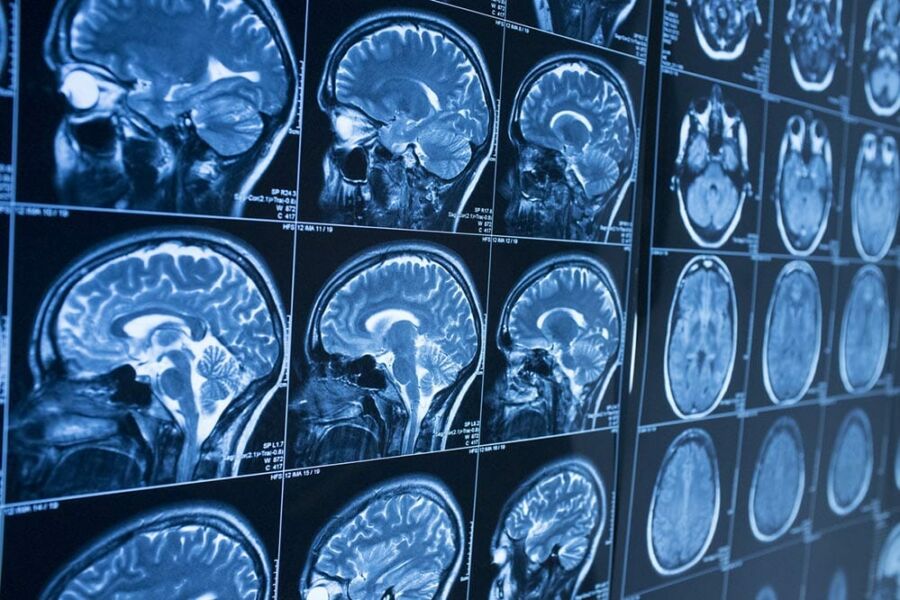This systematic review and meta-analysis evaluated the effect of GLP-1 receptor agonists (GLP-1 RAs) on cerebrovascular events, including stroke and its subtypes and transient ischaemic attack (TIA). A total of 28 randomised controlled trials and 29 pooled datasets were included in the analysis. The studies primarily compared GLP-1 RAs with placebo, as well as with active comparators including sitagliptin, dapagliflozin, empagliflozin, insulin glargine and glimepiride.
Overall, GLP-1 RAs were associated with a significantly lower risk of cerebrovascular events compared with placebo and active comparators (risk ratio [RR] 0.83; 95% CI 0.76–0.91). This was largely driven by reductions in risk of ischaemic stroke (RR 0.73) and the composite of ischaemic stroke or TIA (RR 0.76); in contrast, no risk reduction was observed for haemorrhagic stroke.
GLP-1 RAs significantly reduced the risk of non-fatal stroke compared with placebo (RR 0.85) but, although the effect size was similar for fatal stroke, the reduction was not significant. This was likely due to lack of power given the low number of fatal cases reported.
Human GLP-1-based therapies (liraglutide, dulaglutide, albiglutide and semaglutide) were associated with significant reductions in cerebrovascular events (RR 0.80; 95% CI 0.71–0.89), while exendin-4-based therapies (exenatide, lixisenatide, and efpeglenatide) were not (RR 0.90; 95% CI 0.77–1.05); however, direct comparison of the two drug types showed a non-significant difference. Furthermore, a prespecified sensitivity analysis excluding lixisenatide from the results eliminated the heterogeneity between individual molecules. When analysing individual treatments, significant benefits were observed with semaglutide (subcutaneous and oral) and dulaglutide, and a trend towards significance was observed with liraglutide.
The cerebrovascular benefits of GLP-1 RAs were independent of age (over or under 60 years), BMI (over or under the median of 32 kg/m2) and HbA1c (over or under the median of 66 mmol/mol) at baseline. However, benefits were significantly greater in people with higher eGFR and shorter diabetes duration.






Attempts to achieve remission, or at least a substantial improvement in glycaemic control, should be the initial focus at type 2 diabetes diagnosis.
9 May 2024